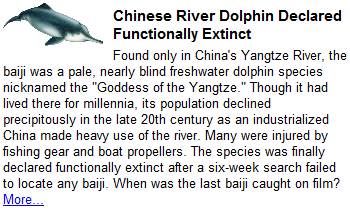In previous blogs, we have discussed several valuation models, including the famous Dividend Discounting Model, Earnings Capitalization and P/E ratio. While these traditional methods can be used to value companies with track record of revenues and profits, they are irrelevant for determining value of a start-up company. Too many assumptions of moving variables make valuing early ventures using these methods useless.
Determining expected growth rate of revenue and profits is meaningless when the success of a start-up cannot be confirmed. A market may reject the new product or the regulators might not approve the product in the first place. Moreover, several ventures may be based on new ideas which are not yet tested and do not have an established market. Valuing start-ups is still important, especially for investors as it helps them in deciding the percentage of ownership they will receive. Investors in early ventures expect to gain a good multiple on their investment. In other words, the business should be expected to reach a higher Market-to-Book ratio.
It is normal for start-ups to lose money during initial years. Several new technology companies which are internet based tend to be loss making even at the time they are being sold. While Price to Sales can be applied, it completely ignores the operating efficiency, growth rate and relative market size.
It is generally observed that new technology companies are valued higher than companies from other sectors like consumer products, chemical and other manufacturing sectors. One prime factor distinguishing technology sector and traditional sectors is that while traditional companies face geographical constraints due to product weight, jurisdiction wise regulation etc; technological companies can avoid these constraints by using third-party distributors or internet. They can expand and grow globally very fast compared to other sectors, that too with a very low capital base. Moreover, their gross margins can easily range between 70% and 100%, as against commodity companies that run on low margins.
Successful ventures can either be sold to larger companies or they can opt for an IPO. Early venture investors tend to determine two values; the potential value at the time of next round of fund raising and the potential value of the company at the time of exit or sale. They then determine the value of the venture today to get an idea of the multiple they would gain. This method is referred to as ‘Venture Capital Method’.
For valuing a start-up, a venture capitalist also depends on his intuitions and knowledge and perception about the industry. Following are some of the important factors which the investor should examine while judging the value of an early venture:
- Valuations of comparable publicly listed companies
- Addressable size of the market
- Valuations of merger and acquisition transactions
- Gross margins of similar companies
- Expected long run growth rate
- How different is the new product or service
Several start-ups launch new products and services. In such cases, it is difficult to judge competitiveness of these ventures and valuing them based on comparative valuations will be inappropriate. Using Cash Flow Discounting Model would be ideal in such cases if it is possible to forecast future cash flows. Several venture capitalists prefer valuing intangibles to overcome the shortcomings of traditional methods.












No comments:
Post a Comment